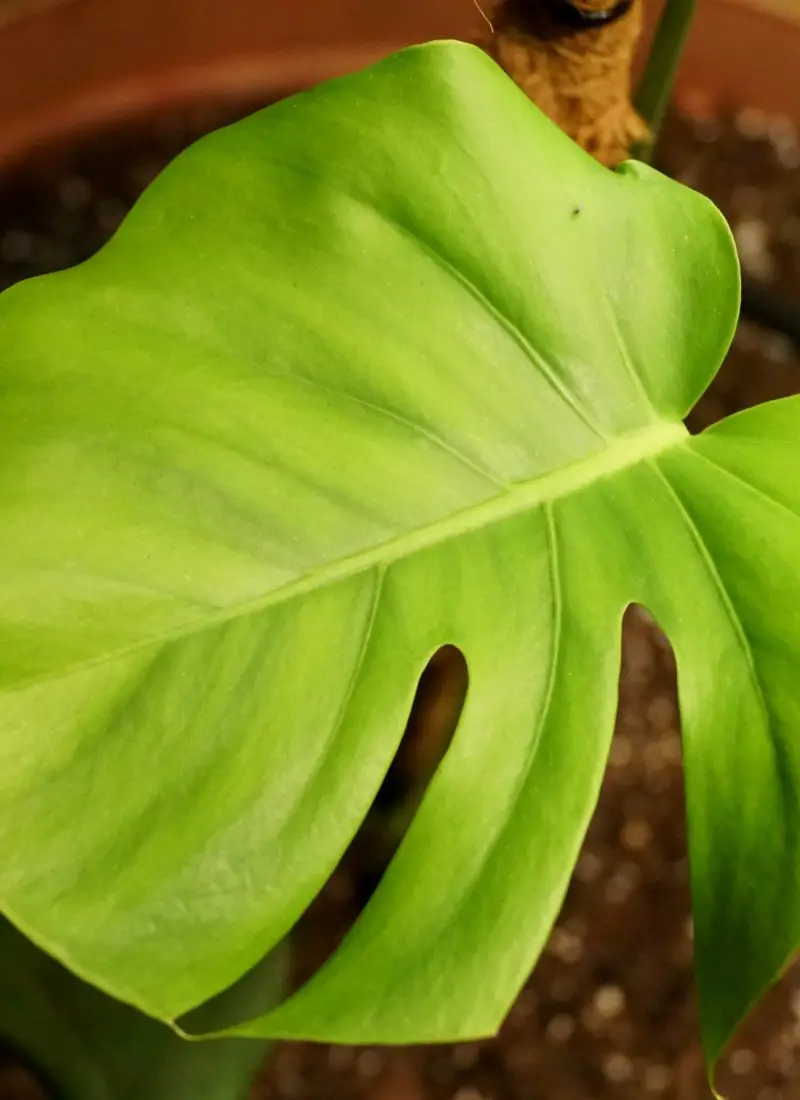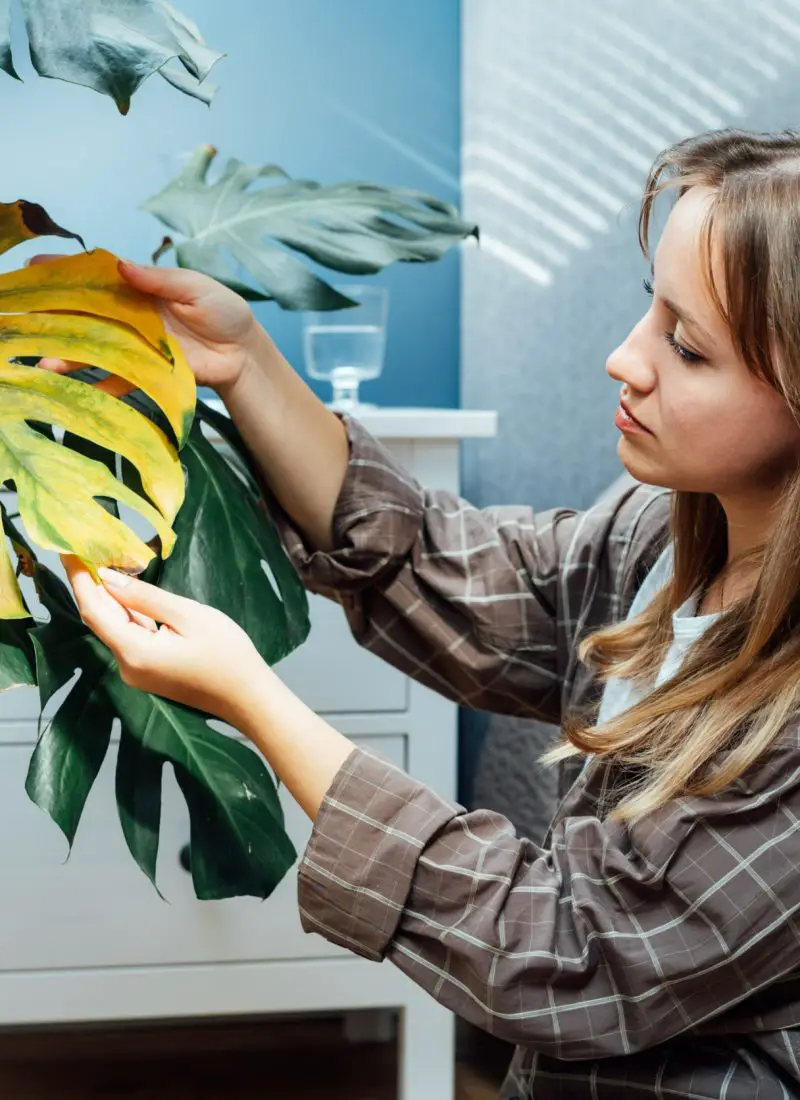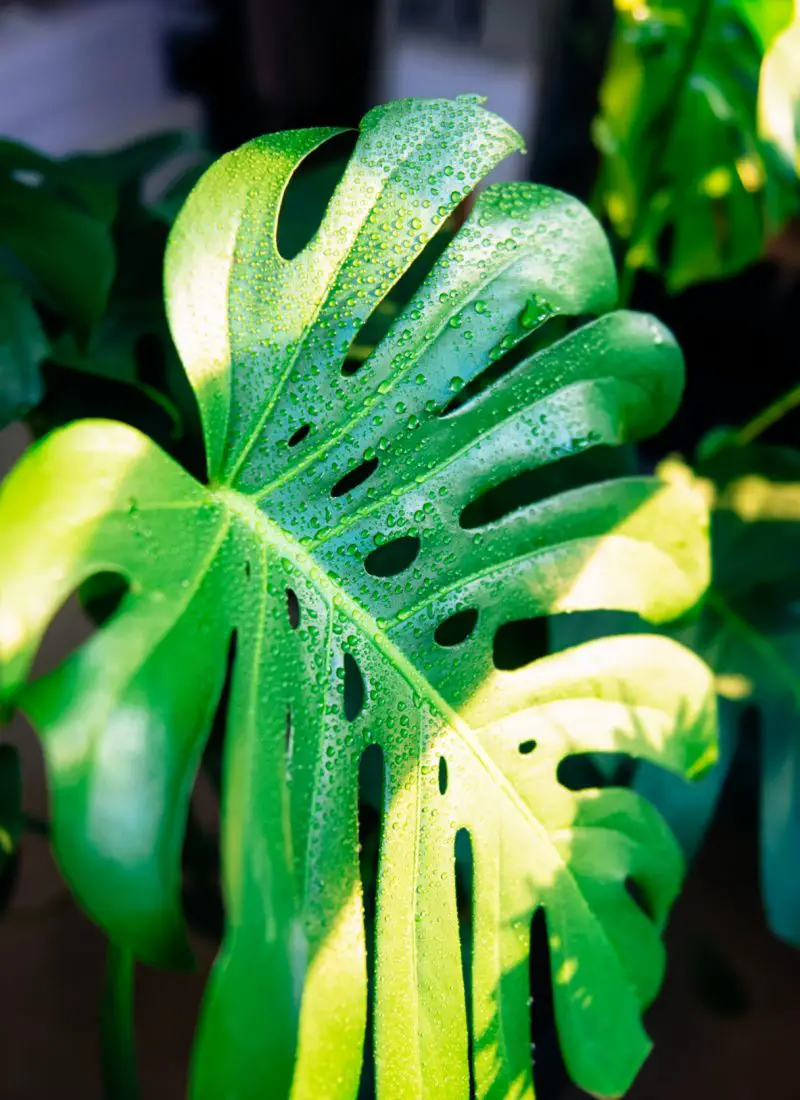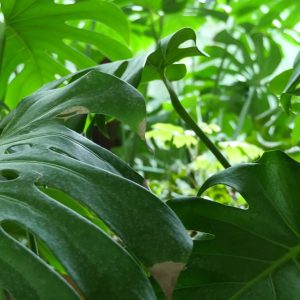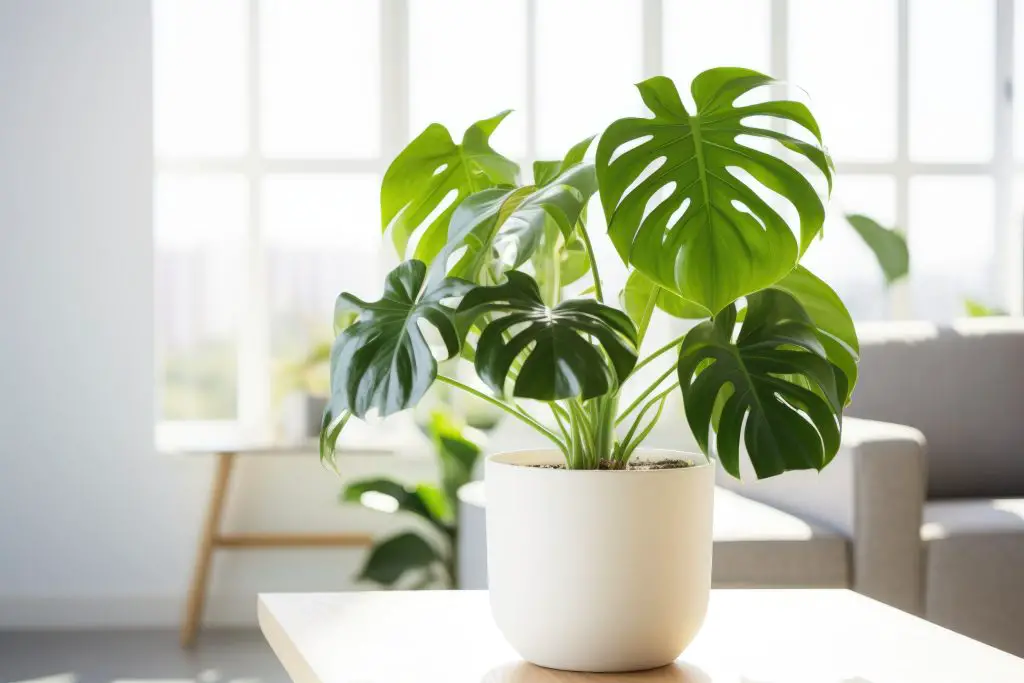
Monstera Deliciosa may very well be a darling of interior designers. But it’s also a plant that comes with its own history of beneficial uses and cautionary tales.
Monstera Deliciosa is commonly used as an ornamental plant in modern times. But in the tropics, it’s used as a food source for its deliciously sweet fruit. In the past, it has also been used in traditional medicine and creation of everyday items. However, the plant is generally toxic to pets and humans when ingested.
Below, I talk more about the past uses and present benefits of a Monstera Deliciosa along with its toxic traits:
(As an Amazon Associate, I earn from qualifying purchases.)
Monstera Deliciosa Benefits & Uses
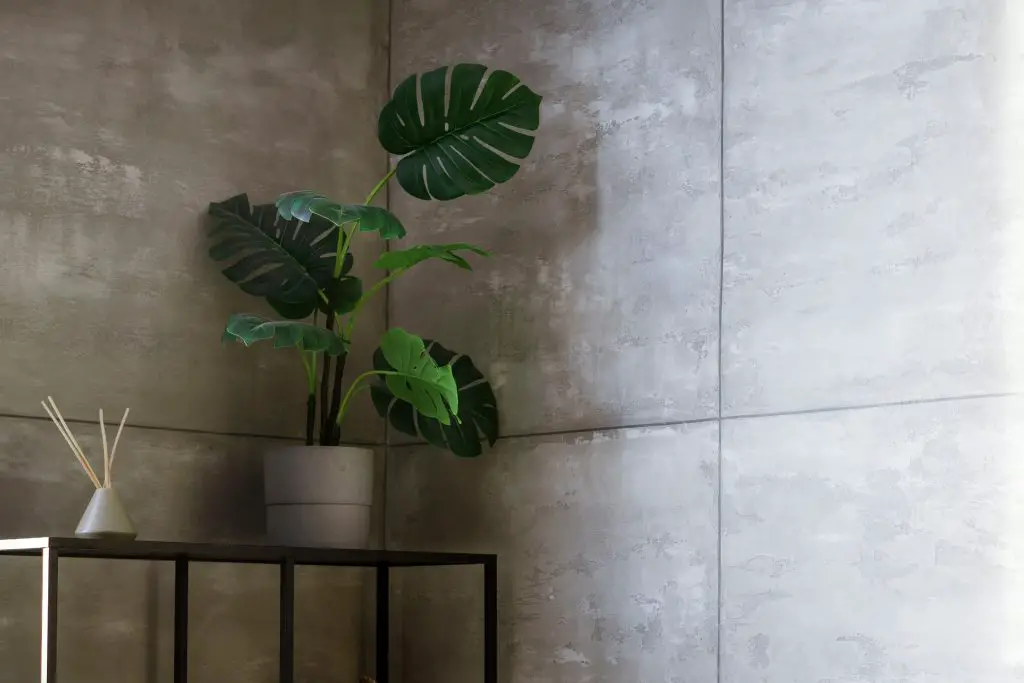
Generally, a Monstera Deliciosa is good for aesthetic appeal as an ornamental plant. Its lush, tropical appearance and large, split leaves can enhance the ambiance of any space. This is the main reason why it’s a popular choice for interior decoration.
While there doesn’t seem to be any specific symbolism attached to Monstera Deliciosa, it’s possible that it’s considered a symbol of long life and good health. This may be due to its hardy nature and the nutritional benefits of its fruit. But to tell you the truth, I’m not an expert on plant astrology, if such a thing exists.
But even though modern society adores Monstera Deliciosa more as a pretty plant, it actually had other uses in the past. Some of which may still be carried out today …
Fruit Benefits
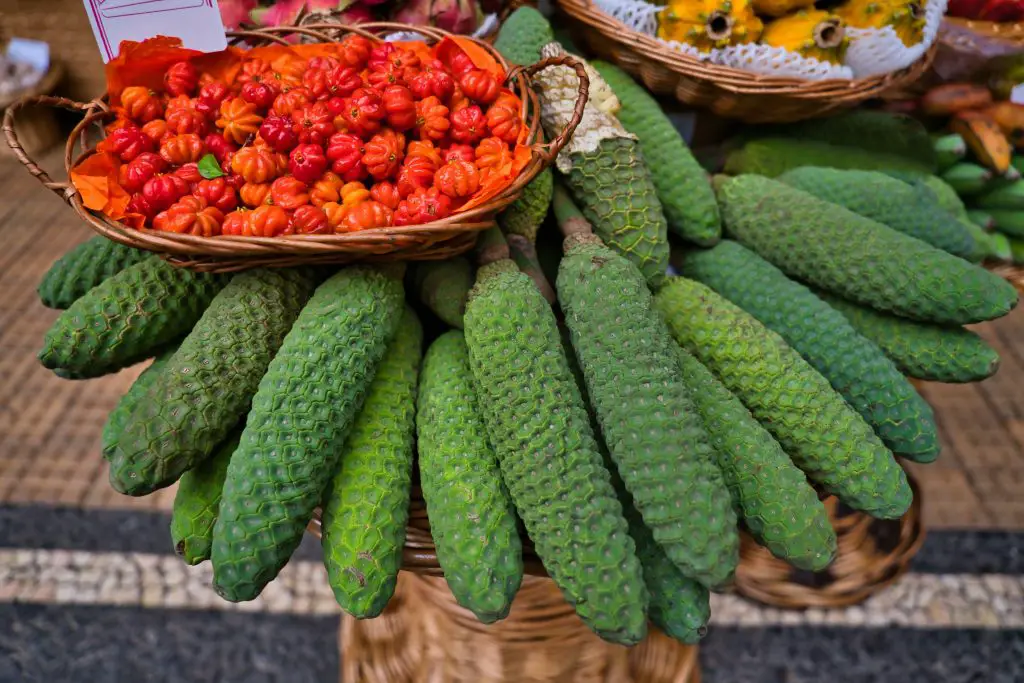
A fully ripened Monstera deliciosa fruit is not only edible, but considered to be a specialty fruit. It’s said to taste like a combination of banana and pineapple and are said to be valuable sources of potassium and vitamin C. Heck, people in Central America even eat these fruits to help with digestion! However, outside of Central America, it is uncommon to see the plant grown for its fruits.
While the fruit is best eaten as is, they are also added to fruit salads with a bit of cream or as toppings on desserts. They can also be turned into preserves, sauces, drinks, and ice cream. Some bakers have even used them as a banana substitute in cakes! This practice is still ongoing to this day but is limited to tropical regions where Monstera Deliciosa fruits are easily accessible.
Uses
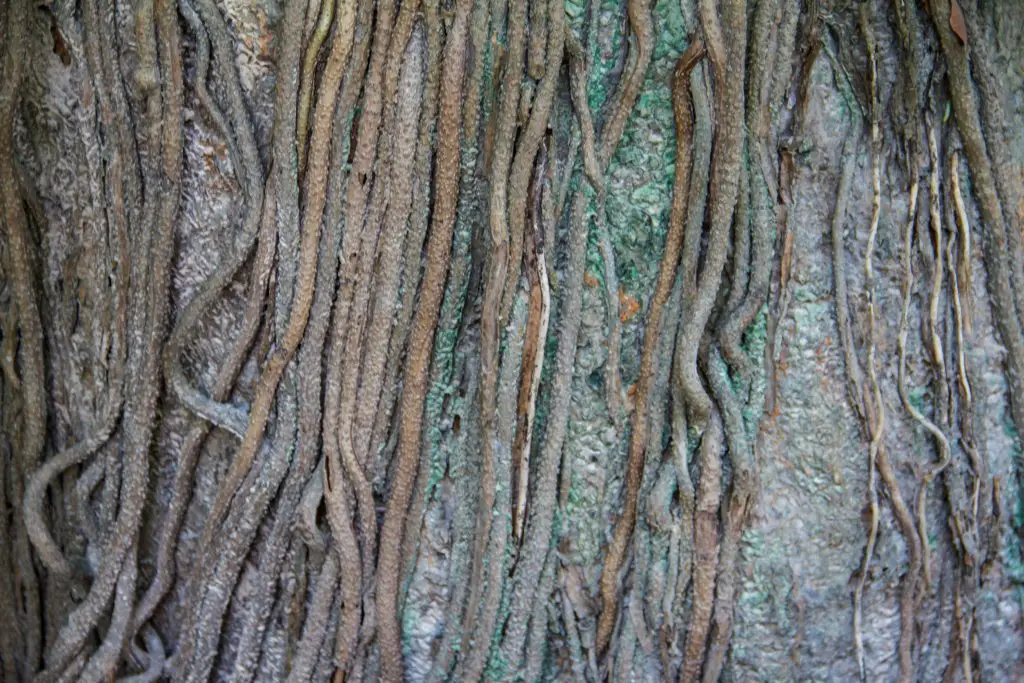
In Mexico, the long aerial roots of a Monstera Deliciosa growing in the wild have been used in the past to make furniture and baskets. The roots can be used fresh or after it has been dried out before weaving them tightly onto a wooden outline. Similarly, the aerial roots are also used to create ropes in Peru. However, it’s unclear whether either practice is still being done to this day.
Medicinal Uses
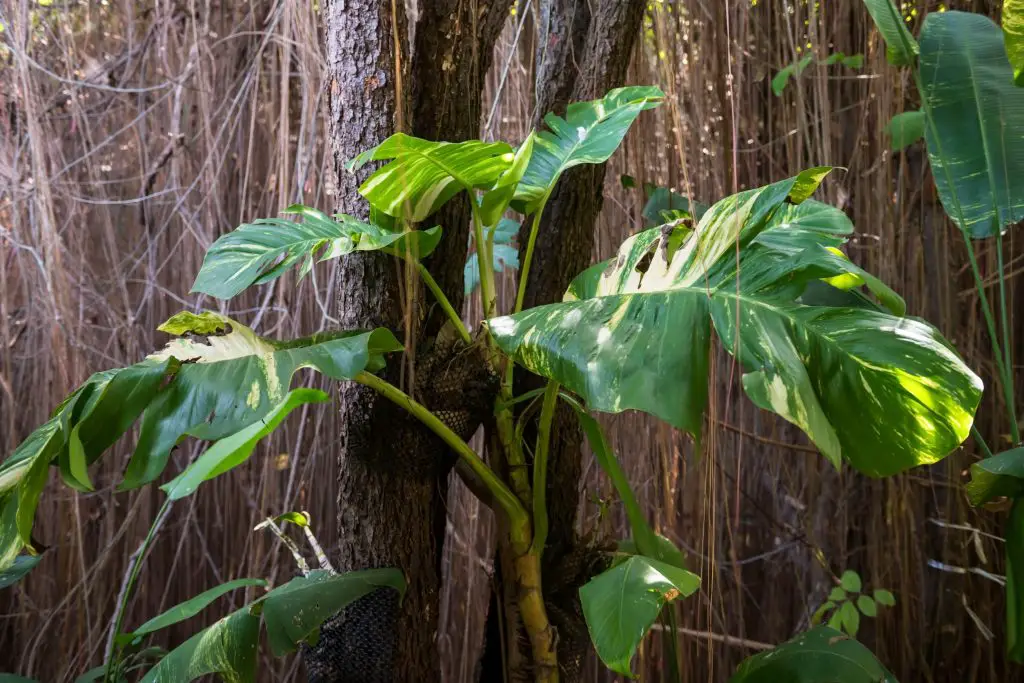
While not scientifically proven (at least to my knowledge), some claim that Monstera Deliciosa has medicinal properties. An old practice in Mexico uses leaf or root infusions to treat arthritis in Mexico while the root is also used to treat snakebite in Martinique. This is a very curious case because all parts of the plant itself is reported to be poisonous, apart from its ripe fruit. For those out there who believe in herbal remedies, please don’t try this at home.
Interestingly, I found a curious 2021 study published in a scientific journal from a university in Indonesia. It discusses the possibility of using Monstera Deliciosa as an antibacterial drug due to its compounds. As fascinating as it is though, it is still in the hypothetical stages of the concept. But maybe that’s something to look forward to as the future researchers look more into it.
Toxicity
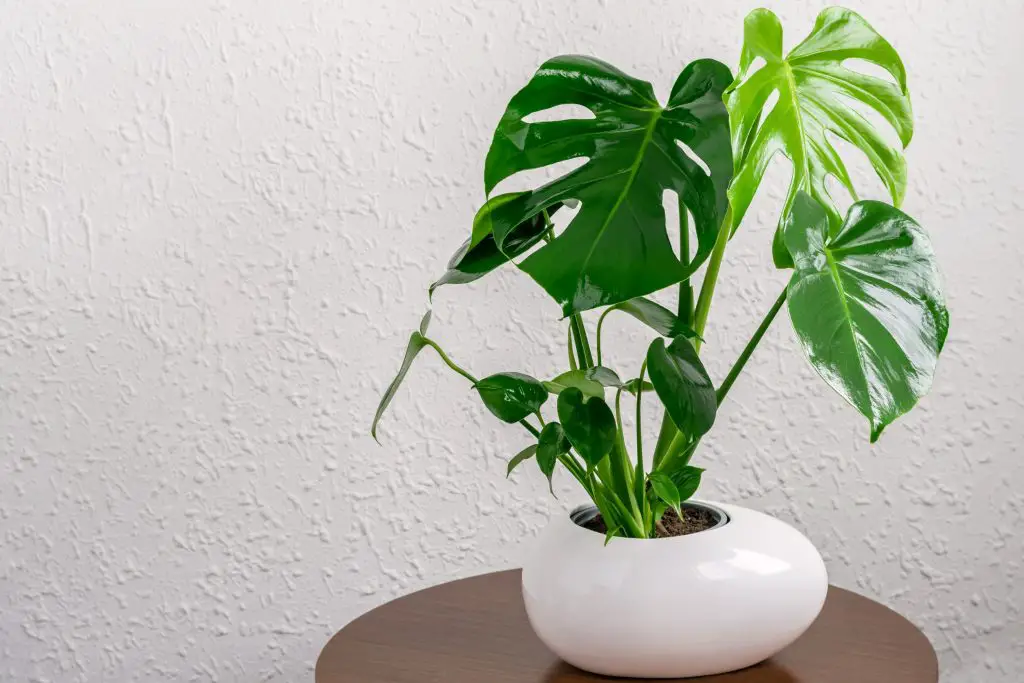
The danger of Monstera Deliciosa is in its calcium oxalate crystals, which is present in every part of the plant. It’s toxic when ingested, causing symptoms like mouth irritation, excessive drooling, vomiting, and difficulty swallowing. It affects both humans and animals – though I can’t say much on how or if it’ll affect extraterrestrials.
What are the active toxins in the plant?
As mentioned previously, the primary toxin in Monstera deliciosa is calcium oxalate. These are needle-like crystals that can irritate the skin, mouth, tongue, and throat, causing symptoms like burning and swelling. But despite that, there is no scientific evidence to suggest that Monstera Deliciosa has hallucinogenic properties.

Are Monstera Deliciosa toxic to cats?
Monstera deliciosa is highly toxic to cats. Ingesting even small amounts can cause complications to your feline friends. If you want to stop your cat from eating your Monstera Deliciosa, place it in an area that is inaccessible to your pet or consider using plant barriers. We all know how much of a menace some cats can be.
Do Monstera Deliciosa cause cats to hallucinate?
There is no evidence so far to suggest that Monstera Deliciosa causes hallucinations in cats.
What to do when your cats ingest the plant?
Consult a veterinarian immediately if your cat ingests Monstera deliciosa. You may also contact animal poison control hotlines for immediate advice. The idea is to not panic but act fast to get your furry friend some help asap. Here’s the Animal Poison Control Center (APCC) hotline: 1-888-426-4435.

Are Monstera Deliciosa toxic to dogs?
Similar to cats, Monstera deliciosa is also highly toxic to dogs.
What to do when your dogs ingest the plant?
Consult a veterinarian or an emergency animal poison hotline as soon as possible if your dog ingests this plant. Here’s the Animal Poison Control Center (APCC) hotline: 1-888-426-4435.

Is Monstera Deliciosa toxic to humans?
Monstera Deliciosa is toxic to humans and babies. When it’s accidentally ingested, it can cause symptoms like mouth numbing and stomach problems. Place the plant far from the reach of young children to keep them safe. However, Monstera Deliciosa’s fruit is safe to eat once it’s fully ripened.
What to do when you ingest the plant?
Seek medical advice immediately, if you or someone else ingests the plant.
Toxicity to Other Pets

There’s not much mention about Monstera Deliciosa’s toxicity to other pets. For example, some say that Swiss Cheese Plants are poisonous to rabbits, but some say it isn’t because nothing has happened to their pet when they nibbled on it. Most are advised by their vets to monitor their rabbit and “dilute” the poison by giving them plenty of fluids and feed. But cases vary and it’s still best to call a veterinarian if your pet accidentally ingests the plant.
An even more niche pet to worry about are isopods. Some people are concerned about the type of plants they can put in their enclosure. And as such, there is limited information on whether Monstera deliciosa is safe for isopods or not. But it’s best to err on the side of caution and keep the plant away from them, especially since it may not fit in their tank anyway.
Whatever your particular pet is at home, it’s a good rule to just keep them away from the known toxic plants for their safety.
Frequently Asked Questions:

What is the spiritual meaning of Monstera Deliciosa?
In spiritual symbolism, it is often associated with growth, transformation, and self-discovery. The plant’s natural tendency to climb and expand is seen as a metaphor for personal and spiritual development. Its split leaves are thought to represent life’s inherent imperfections and complexities, reminding us to embrace flaws and changes as natural parts of our journey. However, this meaning is just one of many and may vary across multiple cultural beliefs.
Does Monstera Deliciosa bring good luck?
Monstera Deliciosa plants aren’t necessarily known to bring good luck. Even if it is, the belief is rooted in various cultural or superstitious traditions rather than empirical data. Therefore, while some may consider it a symbol of prosperity or positivity, this is subjective and not backed by scientific proof.
Does Monstera Deliciosa purify air?
There is no scientific evidence that suggests Monstera Deliciosa plant can purify air. The effectiveness of houseplants in purifying indoor air is a subject of ongoing research and debate. Studies by NASA and other organizations have shown some benefits, but these are generally more pronounced in controlled environments and may not be as significant in typical home settings.
References:
- ASPCA. (2023, August 30). Mexican Breadfruit. https://www.aspca.org/pet-care/animal-poison-control/toxic-and-non-toxic-plants/mexican-breadfruit
- Dewi, R. D. S., Janna, M., Muh Alfiqra, L. O., & Saranani, S. (2021). English narrative review: Monstera deliciosa sebagai antibakteri dalam sediaan spray hydrogel 3 in 1. Berkala Ilmiah Mahasiswa Farmasi Indonesia, 8(2), 1-11. https://doi.org/10.48177/bimfi.v8i2.79
- Plants For A Future. (2023, August 30). Monstera deliciosa. https://pfaf.org/user/Plant.aspx?LatinName=Monstera+deliciosa
- Specialty Produce. (2023, August 30). Monstera. https://specialtyproduce.com/produce/Monstera_166.php


